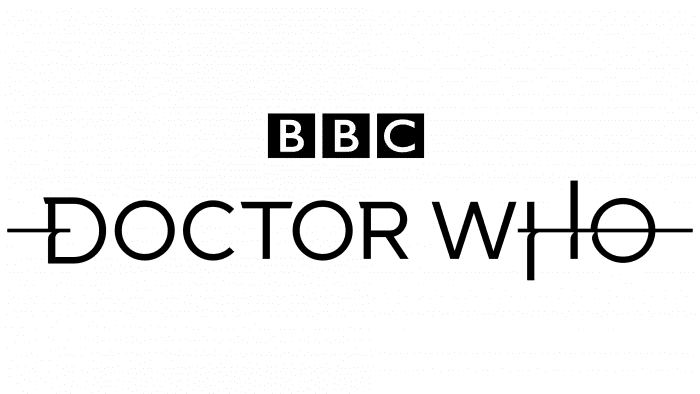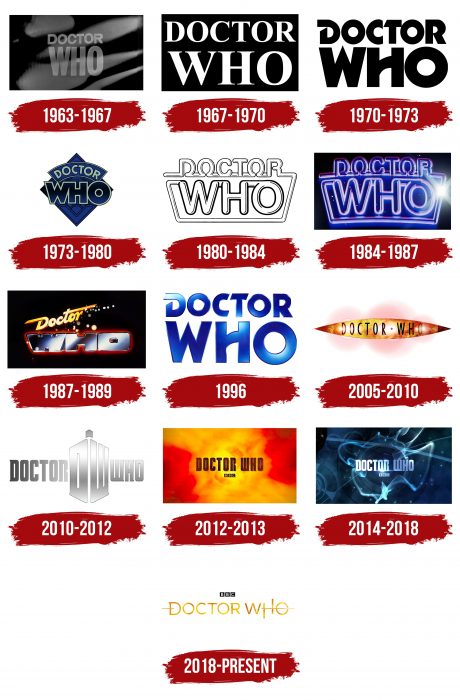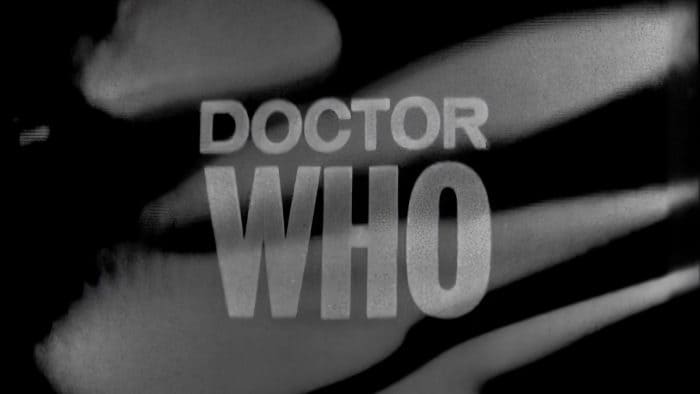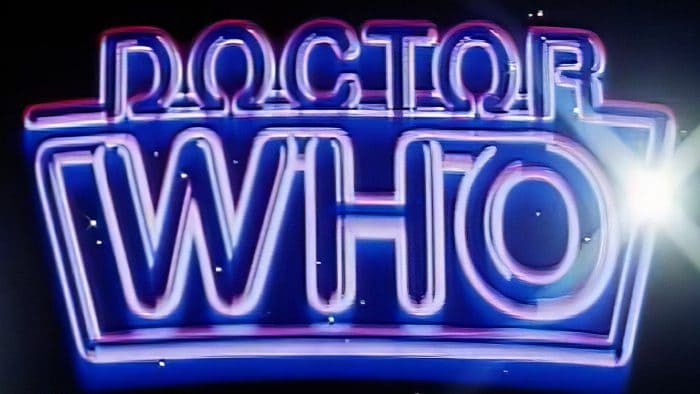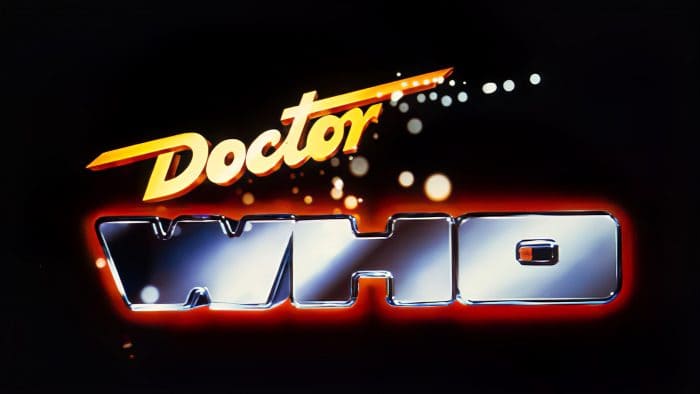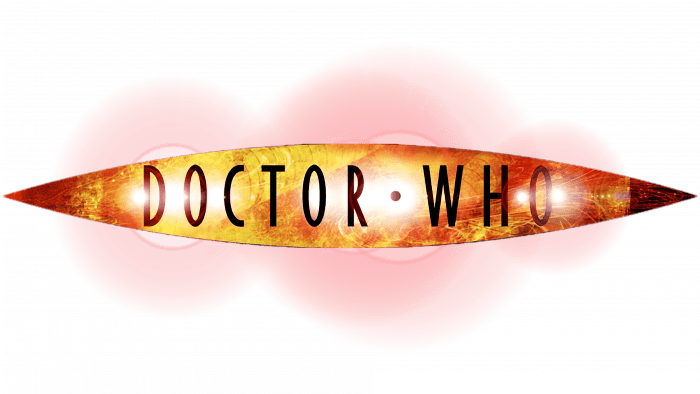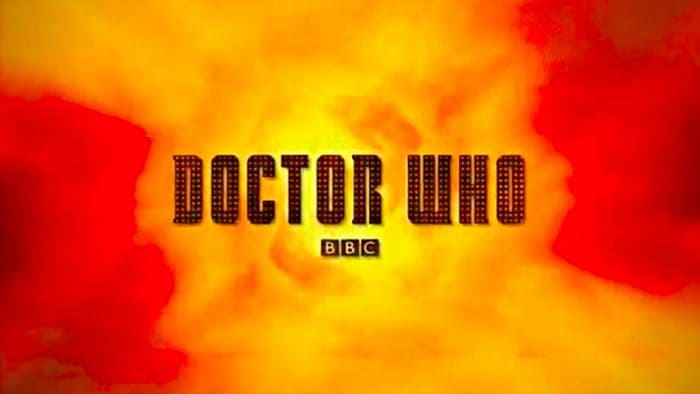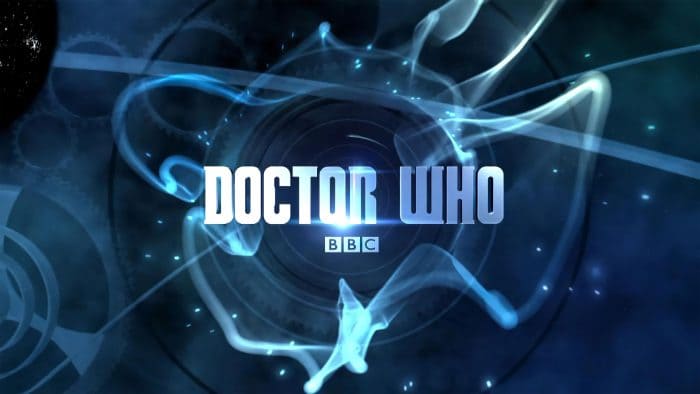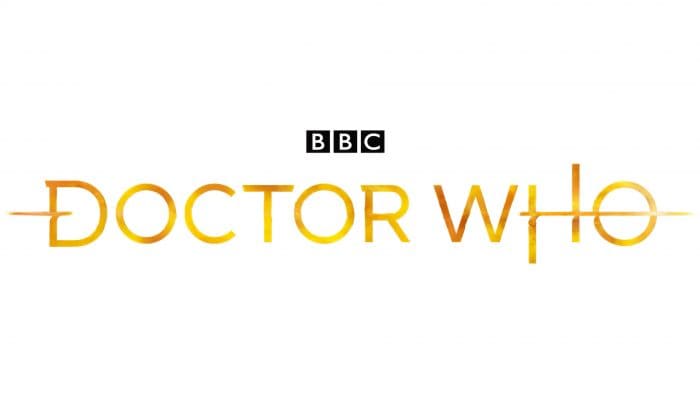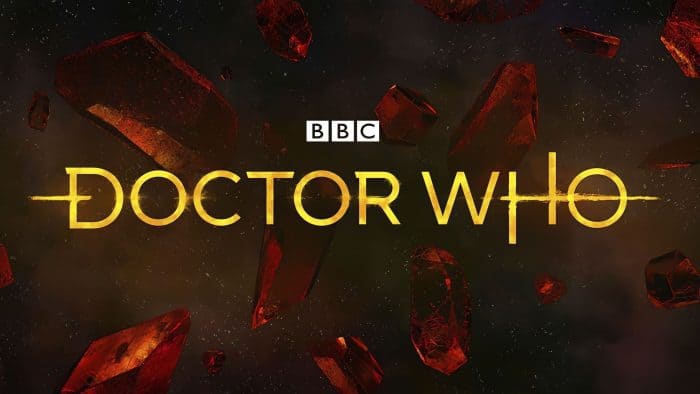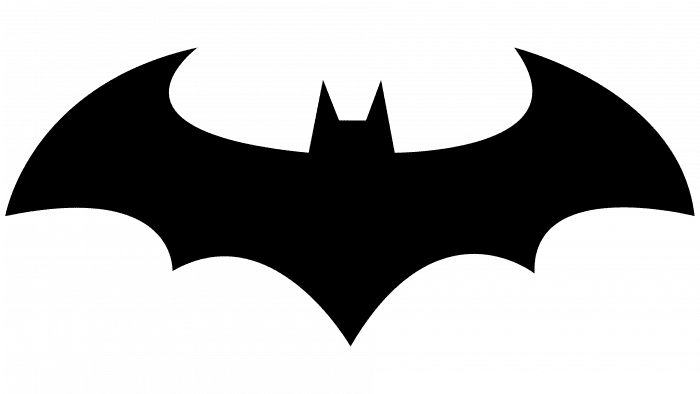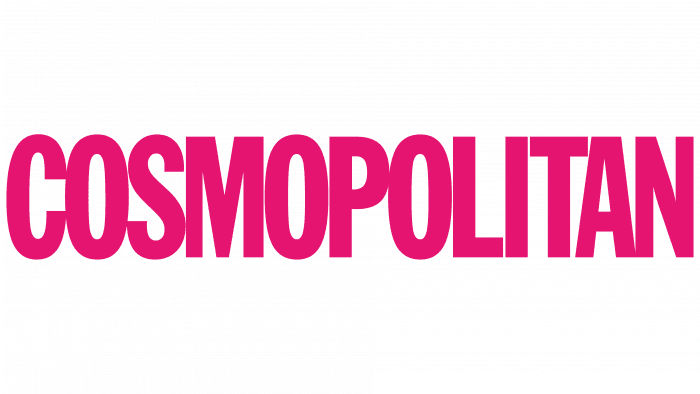The latest render of the science fiction series Doctor Who, distinguished by grotesque fonts and futurism, is attractive and memorable. Its identity conveys the essence of the series, vividly depicting the Time Vortex.
Doctor Who: Brand overview
| Founded: | 1963 – present |
| Founder: | BBC |
| Headquarters: | United Kingdom |
Meaning and History
There have been over ten versions of Doctor Who logos: fonts, styles, and palettes regularly change with the release of new episodes. All graphic and verbal signs belong to the BBC.
What is Doctor Who?
Doctor Who is one of the longest-running and most recognizable British TV series, airing on the BBC since 1963. The science fiction show is known for its dynamic characters, impressive visual effects, and intriguing plot twists. The main character is an extraterrestrial traveler who journeys through space and time using the time machine TARDIS to save the world from villains.
1963 – 1967
The first logo appeared in 1963 when William Hartnell played the Doctor. The center features the series title in the grotesque One Three. The letters are sans-serif, translucent white—the word “Who” is elongated vertically. White spots are visible in the background, shining through the inscription. The overall background is black.
This emblem was used for four seasons. It also appears in Frederick Muller’s novels and in the Doctor Who Annual comic. An updated version was used for the 50th-anniversary special “The Day of the Doctor.”
1967 – 1970
In the episode “The Macra Terror” (Series 5, Season 4), viewers first saw the second logo. The main changes concerned the inscription: its scale increased, although its proportions remained unchanged. The words became less transparent. The letters now have serifs, characteristic of the Times New Roman font. The background became blurred, white, and gray.
1970 – 1973
After Jon Pertwee’s arrival, the directors updated the logo. It featured massive inscriptions – black, wide, bold. The grouping remained the same: “Doctor” and “Who” are positioned evenly in two rows horizontally. The upper word is smaller, the lower one larger, to create a visual correspondence between them. At the same time, designers changed the style of letters: “D” has the front leg cut at an angle, “C” has protruding parts shortened, “T” is made in the shape of a hammer, “O” looks like a perfectly round doughnut, and “N” has an arc-shaped connecting bar. This version was used for several seasons – from the series “Spearhead from Space” to “The Green Death.”
1973 – 1980
The “diamond logo” appeared in the Third Doctor’s final season. It got its unofficial name due to the blue diamond positioned over the inscription. The top part of the geometric figure is slightly cut, making it resemble a faceted diamond. There is also a “non-diamond” version – without the diamond. The letters in the word “Doctor” are arranged semi-circularly in a curved rectangle. The background features colored glares emanating from the center.
1980 – 1984
Peter Howell’s new interpretation of “Doctor Who” led to the logo’s redesign. It is styled as a sign made of bent transparent tubes. Additionally, the inscription is cohesive, where each subsequent element is connected to the previous one. The transition from the upper stitch to the lower one is made in the form of an inverted trapezoid. The second part of the name is highlighted with a bold outline of letters. All lines have duplicating strokes of different lengths.
1984 – 1987
In the 18th season, the series used a radically new logo. The inscription looks as if it were laid out of curved neon tubes. The background is a deep, starry sky. Initially, the words were colored light blue, but with the arrival of the Sixth Doctor (in the 22nd season), the palette turned purple. In season 23: The Collection, designers replaced the night sky with purple reflections of the Time Vortex.
1987 – 1989
In the episodes about the Seventh Doctor, developers introduced a 3D emblem—the word “Who” is typed in a font with rounded corners. The color is metallic gray with a gradient. Red glares are noticeable around the contour. The word “Doctor” looks as if it were handwritten. Furthermore, it is colored yellow and positioned at an angle.
1996
In 1996, the “Doctor Who” movie was released, along with a new logo. The font remained the same as in 1970. The letters “W,” “R,” “T,” and “C” were slightly changed. The text is bright blue with a gradient and shine. The background depicts space with tiny stars.
2005 – 2010
BBC marked the series’ return with another emblem. This time, the inscription is horizontal and located on a long, flattened shield. The design changed over several episodes. All versions are similar in concept but differ in color palette. Mostly, a yellow-red palette dominates with green and black speckles.
2010 – 2012
The fifth series logo consists of two parts. The first is the name of the TV series. The second is the abbreviation “DW,” placed between the words “Doctor” and “Who.” It symbolizes the time machine TARDIS. The background is a red-yellow fog. In the sixth episode, a BBC inscription appears below.
2012 – 2013
The “DW” symbol was used separately from the main logo, so designers removed it. Only the phrase “Doctor Who,” typed in a strict sans-serif font, remained. The palette was constantly updated – from red-gold to gray-metallic.
2014 – 2018
From the 8th to the 10th episode, the logo was bluish-gray. The inscription remained the same – with highlights and a gradient. The font has hardly changed. This version appears in 39 episodes, which is considered an absolute record.
In the Sleep No More episode (episode 9), a special emblem consisting of many words and numbers on a dark blue background flashes on the screen. Among the text, the letters “D,” “O,” “C,” “T,” “O,” “R,” and “W,” “H,” and “O” stand out, forming the series’ name.
2018 – today
On February 20, 2018, the BBC announced the arrival of a new Doctor Who logo. The Little Hawk studio developed it. The inscription is originally stylized: the letters “D,” “H,” and “O” are adorned with thin horizontal lines. An exclusive font created specifically for the series. It belongs to the family of geometric grotesques Gotham. Above is the BBC sign. The background is spirally twisted clouds with a bright center, from which rays diverge in all directions. This is the time funnel leading to other dimensions.
Doctor Who: Interesting Facts
“Doctor Who” is a famous TV show from Britain that started in 1963. It’s about the adventures of the Doctor, who travels through time and space.
- Changing Faces: The Doctor can change appearance and personality, which lets different actors play the role. This allows the show to continue for a long time.
- The TARDIS: The Doctor’s spaceship looks like an old British police box but is much bigger inside. It’s called the TARDIS and is very famous.
- Special Music: The show used early electronic instruments, making it unique and easy to recognize.
- Daleks: The Daleks are the Doctor’s enemies. They are known for their mechanical appearance and saying, “Exterminate!”
- World Records: “Doctor Who” has set records for being the longest-running sci-fi show and for having a special episode shown worldwide simultaneously.
- Learning History: The show initially wanted to teach kids about history through the Doctor’s travels, but later, it focused on science fiction stories.
- First Female Doctor: In 2017, Jodie Whittaker became the first woman to play the Doctor, a major change for the show.
- More Shows and Stuff to Buy: “Doctor Who” has led to other TV shows and many things you can buy, like books and toys.
- A Big Deal in Culture: The show has influenced many people and other shows and movies—some phrases from “Doctor Who” are always used by people.
- Famous Fans: Many well-known people like the show, and some have even appeared.
Many love “Doctor Who” because it’s exciting, funny, and sometimes scary. It tells stories about helping others, standing up to bullies, and being kind.
Font and Colors
The frequent transformation of the logo is associated with a creative approach to the TV project, as almost every season requires a creative poster. Changes concerned three things: the font, the background, and the number of lines. Until 2005, the title was arranged in two rows, then in one. Now, a horizontal font with thin characters and elongated strokes is used, crossing out “D” and “O” in the middle. The background is neutral-white, without designer additions.
The variety of fonts is impressive, as many have appeared since 1963. Generally, there are almost no serif fonts. The exception is the period from 1967 to 1970 when the letters were supplemented with small strokes at the ends.
The logo’s color is also diverse, as, during this time, its background managed to become not only neutrally white but also spaciously colorful. But more often, monochrome prevailed: a combination of some two colors. Thus, all shades of blue, beige, black, pink, green, and gray have been used in the emblem.
Doctor Who color codes
| Carrot Orange | Hex color: | #e2891e |
|---|---|---|
| RGB: | 226 137 30 | |
| CMYK: | 0 39 87 11 | |
| Pantone: | PMS 7569 C |
| Moon Yellow | Hex color: | #f2cb15 |
|---|---|---|
| RGB: | 242 203 21 | |
| CMYK: | 0 16 91 5 | |
| Pantone: | PMS 115 C |
| Black | Hex color: | #000000 |
|---|---|---|
| RGB: | 0 0 0 | |
| CMYK: | 0 0 0 100 | |
| Pantone: | PMS Process Black C |
